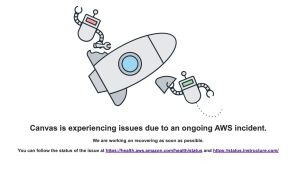Stigmas still surround mental illness at New Trier
Preconceptions surrounding mental illnesses make them difficult for students
March 6, 2017
It’s impossible–or at least irresponsible–to talk about mental illness without addressing a very important component that goes hand and hand with it. Stereotypes, preconceptions, prejudices, and stigmas all surround mental health, making it a difficult topic to address.
According to the Official Journal of the World Psychiatric Association (WPA), “Many people with serious mental illness are challenged doubly. On one hand, they struggle with the symptoms and disabilities that result from the disease. On the other, they are challenged by the stereotypes and prejudice that result from misconceptions about mental illness.”
The mindset that mental illness is scary or wrong or weird comes from the fact that many times students, kids, teachers, and parents are not correctly informed about what depression, for example, really means.
“[The stigma surrounding mental illness comes from] ignorance. People don’t fully understand it, and there’s always judgment against what’s different,” said Biology teacher Jim Burnside.
One of the main differences between a physical disease and a mental disease is simply one is visible and the other isn’t. Although depression, anxiety and other mental illnesses can lead to physical side-effects, the disease itself seems elusive because it cannot be seen.
Senior Maryam Javed said about the stigma surrounding mental illness, “[People] are scared to talk about it, because of this they don’t get help. Mental illness is not taken seriously. [For instance] you hear people in the halls all the time saying things like, ‘I’m so OCD.”
Between both teachers and students there is a consensus that more, or better education about mental illness will lead to ending the stigma.
Evidence from studies of educational programs about mental illness also suggests that adults with a better understanding of mental illness are less likely to endorse stigma and discrimination.
It is now widely accepted, by the Canadian Mental Health Association, that education, particularly in the childhood years, can significantly increase understanding among the public and lessen discrimination against the mentally ill.
Educational material capable of engaging its audience emotionally as well as intellectually has shown to be the most effective.
In addition, stigmatizing attitudes toward mental illness are fueled, in part, by media reports linking depression with youth violence, which lead to perceptions of danger and instill fear.
The National Alliance on Mental Illness, or NAMI, states, “in accordance with current scientific evidence, that people who are receiving appropriate treatment and services for a mental illness are no more violent than the population at large.”












































